
Last resorts
Detailing on the do’s and don’ts, Emerson explained, “In case of a close encounter, make yourself appear larger by waving your arms and create a commotion. Such actions can cause hesitation in the bear or even make it retreat.
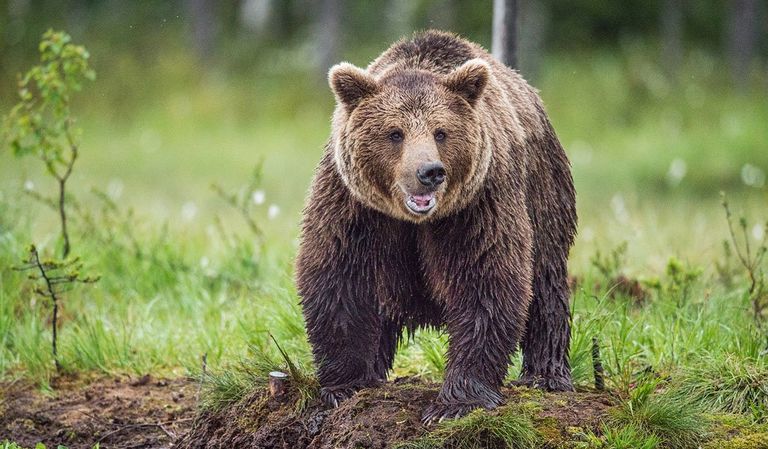
But if the bear starts to run toward you, be prepared with your bear spray and use it when the bear is about 40 feet away. If you have a gun, aim it under the bear’s chin. This is what you should do to defend yourself and scare the bear away if it gets too close. Be sure to know how to use your tools to stay safe around bears.
Testing your prowess
In the intricate dance of wilderness encounters, bears, just like humans, have developed their own set of behavioral nuances. One such intriguing behavior observed among bears is what wildlife experts often refer to as a “bluff charge.” This is not an overtly aggressive move, but rather a strategic approach by the bear to gauge the potential threat posed by the intruder in its territory.
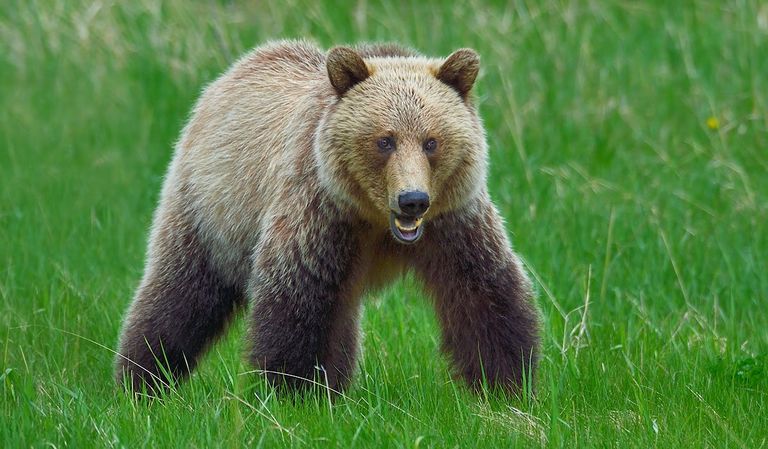
When faced with such a seemingly intimidating gesture, it’s of paramount importance for the person to remain steadfast, keeping a cool head. Succumbing to the primal instinct to either flee or retaliate could exacerbate the situation. Instead, by standing still and maintaining a non-threatening posture, one communicates a lack of aggressive intent. This, in many cases, allows the bear to complete its assessment and, finding no immediate threat, opt to disengage and retreat from the vicinity.
Playing dead
Nature, with all its beauty, carries an innate unpredictability. When confronted with a wild creature like a bear, the thin line between a bluff charge and a genuine attack can blur, plunging you into immediate danger. In these grave moments, one’s survival instincts are tested to their limits. If the unthinkable happens and you find yourself pinned down or toppled over by the bear, quick thinking and decisive action are paramount.
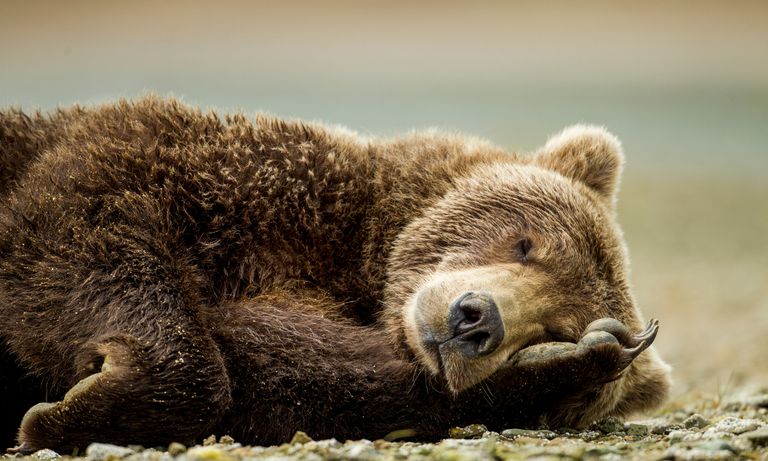
Many wilderness experts advocate for the “play dead” approach, a counterintuitive yet often effective tactic that might convince the bear that you’re no longer a threat. By portraying yourself as harmless, the hope is that the bear might lose interest and desist from further aggression.
Life-saving advice
Emerson, in his vast repertoire of wilderness knowledge, breaks down this strategy in more detail. “In the event of an actual attack,” he elaborated, “playing dead isn’t just a whimsical suggestion. Most bear experts concur on its efficacy.
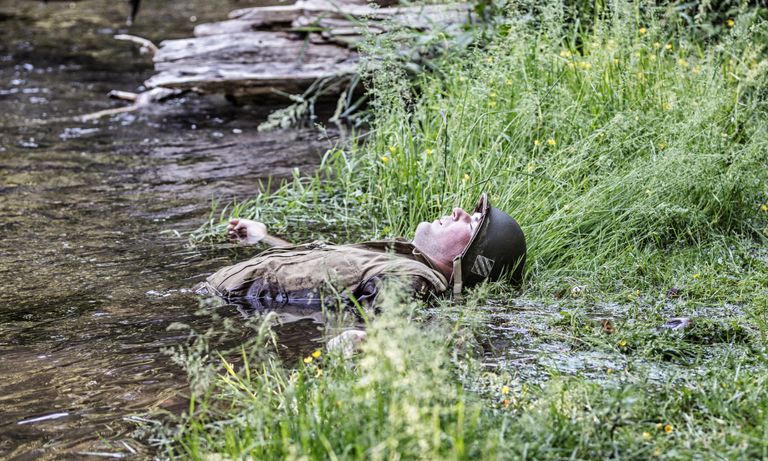
The underlying principle is to communicate to the bear that its threat has been neutralized and that you are not a danger. A practical way to adopt this posture is to lie flat on your stomach, clasping your hands behind your neck, thereby shielding vital areas.”
75% chance
The testament to the success of this strategy lies in its success rate. Emerson cited, “An overwhelming majority of times, almost 75% according to some studies, playing dead has deterred the bear from continuing its assault.”
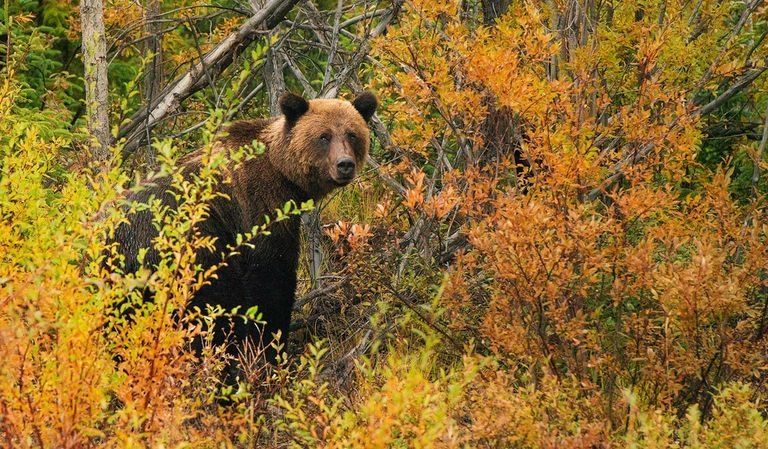
He also suggested, “In some cases, if you’re in danger, you can curl up like you’re in a ball, like a baby in its mother’s belly. Cover the back of your neck with your hands; this can be a slightly different but still a good way to protect yourself.” In some situations, it’s another option to keep yourself safe if you can’t use bear spray or a weapon.
Fight or flight response
In the vast wilderness, spotting a bear while there’s still considerable distance between you can provide a fleeting moment of advantage. Yet, how one reacts in that split second can set the course for the impending encounter.
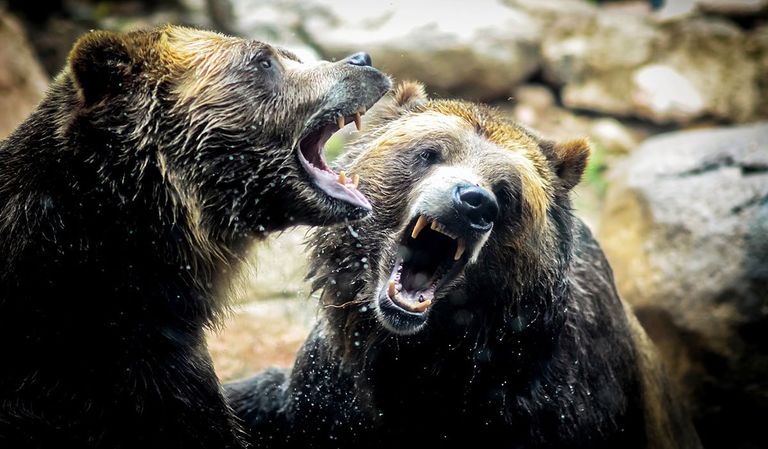
Sometimes, following your natural instinct to run away or fight might not be the best choice when dealing with a bear. Running away or turning your back on a bear can send a signal that you’re either scared or challenging it. It’s often better to use tools like bear spray, a weapon, or protective stances to keep yourself safe and avoid conflicts with bears.
